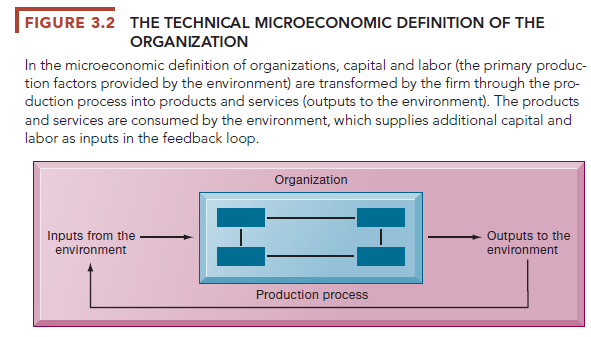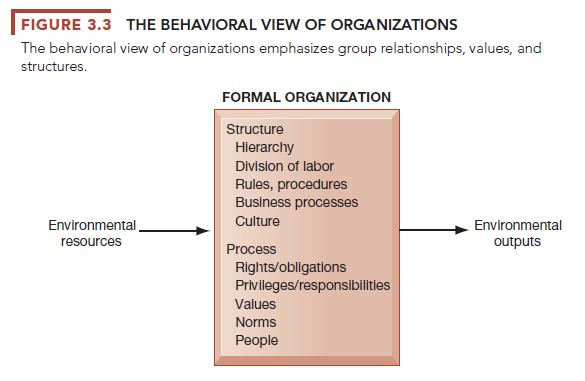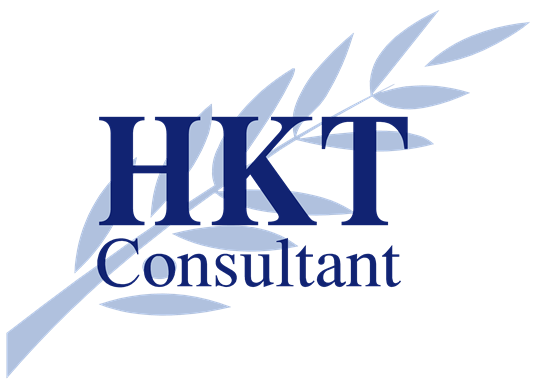An organization is a stable, formal social structure that takes resources from the environment and processes them to produce outputs. This technical definition focuses on three elements of an organization. Capital and labor are primary production factors provided by the environment. The organization (the firm) transforms these inputs into products and services in a production function. The products and services are consumed by environments in return for supply inputs (see Figure 3.2).

An organization is more stable than an informal group (such as a group of friends that meets every Friday for lunch) in terms of longevity and routineness. Organizations are formal legal entities with internal rules and procedures that must abide by laws. Organizations are also social structures because they are collections of social elements, much as a machine has a structure—a particular arrangement of valves, cams, shafts, and other parts.
This definition of organizations is powerful and simple, but it is not very descriptive or even predictive of real-world organizations. A more realistic behavioral definition of an organization is a collection of rights, privileges, obligations, and responsibilities delicately balanced over a period of time through conflict and conflict resolution (see Figure 3.3).


In this behavioral view of the firm, people who work in organizations develop customary ways of working; they gain attachments to existing relationships; and they make arrangements with subordinates and superiors about how work will be done, the amount of work that will be done, and under what conditions work will be done. Most of these arrangements and feelings are not discussed in any formal rulebook.
How do these definitions of organizations relate to information systems technology? A technical view of organizations encourages us to focus on how inputs are combined to create outputs when technology changes are introduced into the company. The firm is seen as infinitely malleable, with capital and labor substituting for each other quite easily. But the more realistic behavioral definition of an organization suggests that building new information systems, or rebuilding old ones, involves much more than a technical rearrangement of machines or workers—that some information systems change the organizational balance of rights, privileges, obligations, responsibilities, and feelings that have been established over a long period of time.
Changing these elements can take a long time, be very disruptive, and requires more resources to support training and learning. For instance, the length of time required to implement a new information system effectively is much longer than usually anticipated simply because there is a lag between implementing a technical system and teaching employees and managers how to use the system.
Technological change requires changes in who owns and controls information, who has the right to access and update that information, and who makes decisions about whom, when, and how. This more complex view forces us to look at the way work is designed and the procedures used to achieve outputs.
The technical and behavioral definitions of organizations are not contradictory. Indeed, they complement each other: The technical definition tells us how thousands of firms in competitive markets combine capital, labor, and information technology, whereas the behavioral model takes us inside the individual firm to see how that technology affects the organization’s inner workings.
Source: Laudon Kenneth C., Laudon Jane Price (2020), Management Information Systems: Managing the Digital Firm, Pearson; 16th edition.

I like this website so much, saved to favorites.
There is noticeably a bundle to know about this. I assume you made certain good points in options also.